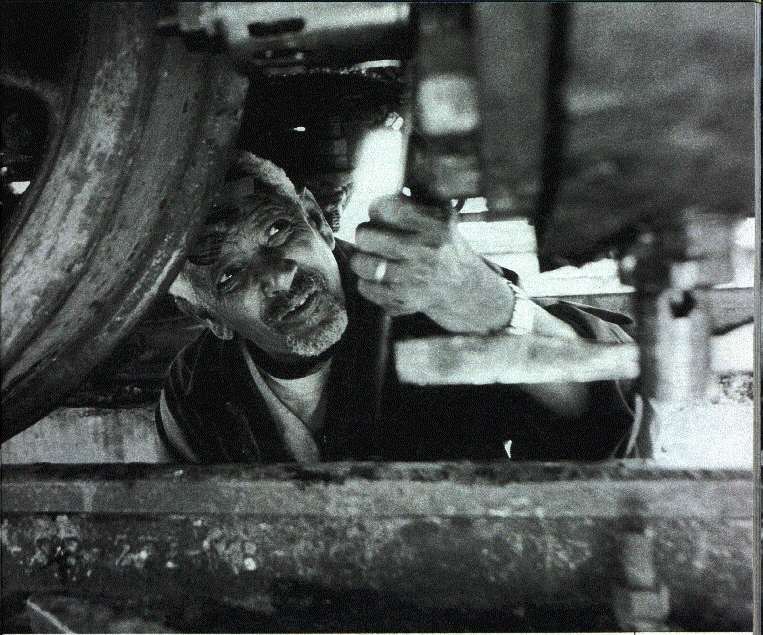 |
| The last locos Breda and Ansaldo left Massaua to Asmara
in 1975. In order to have them running again after over twenty years, the
Eritrean Government has recalled in service the old technicians. Fifty
men answered the call. The youngest is 70 years old.
In the same years the French were building a railway from Gibuti to Addis Abeba, and since the colonial proudness required that the “italian genius” could not be overcome by the french one, our railway did not stop at Asmara, but went further on in the middle of the country, to reach at first Cheren, and then Agordat and finally Biscia: further 227 km. From Italy came the most modern steam locomotives, built by Breda in Milan and by Ansaldo in Genua, that exceeded the wall of the 35 km per hour. In the plain, of course, because in the climbing bends between Massaua and Asmara the speed was so low, that the british writer Evelin Waugh in Scoop described the passengers going down from the train, picking up blackberries and climbing again on the limping convoy. Almost as an answer to the british irony, from the Fiat works two littorinas were shipped in 1934 to Massaua, having a 120 HP petrol engine and a maximum speed of 50 km per hour; on October 19, 1934, the daily newspaper of Rome could report on the maiden voyage from Massaua to Asmara: “The press men, as soon as they arrive in Massaua, take place on an elegant and very fast Littorina consigned to the tireless skill of the Genio Ferrovieri, that with a three-hour fast run reaches the Capital of the Eritrean Colony”. The italian railway went on with its operation through
the Forties, through the world war.
|
|
Prev Page |
Next Page |

Home |

Scrapbook |
| Who | What | Why | When | Where |